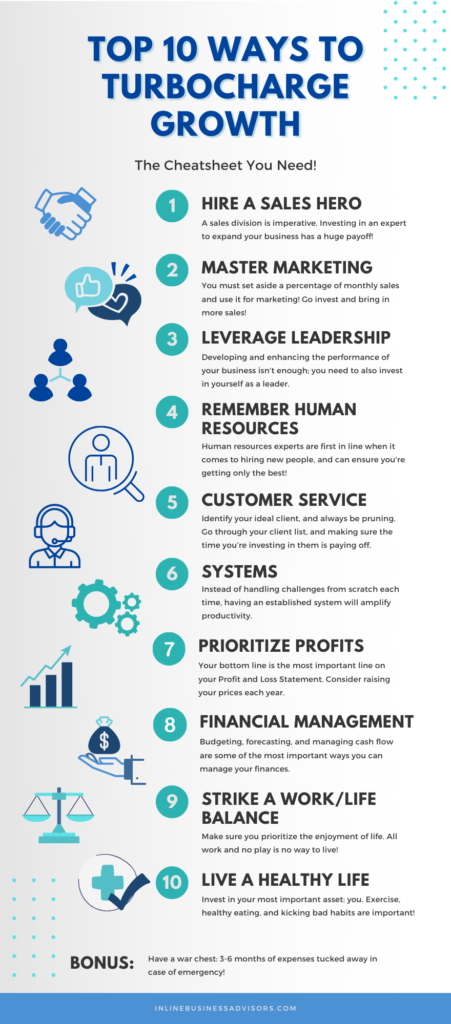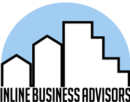If you’ve been an entrepreneur for any length of time, then you’re familiar with the adrenaline rush when your efforts finally pay off. Whether it’s a sudden influx of interest due to a viral marketing campaign, an unexpected boost from a product endorsement, or a rapid shift in market trends, a surge in customer demand is thrilling. It’s also a double-edged sword. Sure, high demand is fantastic—it means you’re doing something right. But if you’re not prepared to handle it, you’ll end up in the deep end. So how do you meet customer demand when it surges overnight?
Understanding and Adapting to Meet Customer Demand
In truth, understanding and managing customer demand isn’t just about counting heads or tallying sales. It requires digging deeper and tuning into your customers’ needs and wants. You’ve got to dive beneath the surface to tune into their needs and desires, understand what makes them tick, and anticipate their moves. This is a high-stakes game you don’t want to lose. Here’s how you can meet customer demand consistently:
Identifying Customer Needs and Wants
First, you need to determine your customer’s needs and wants. Now, needs are necessities, while wants are desires. Your customers need a solution to a problem they’re facing. They want your product or service to provide that solution in a certain way. Here are some strategies to crack the code:
- Surveys and Feedback Forms: These tools offer direct insights into your customers’ thinking. They’re a goldmine of information, helping you understand what your customers like, what they don’t, and what they wish you offered.
- Social Listening: Keep an ear to the ground on social media and online forums. They are filled with unfiltered customer opinions. Social listening can reveal customers’ pain points, needs, and wants that you might not capture through direct feedback.
- Sales and Customer Service Interactions: Your sales and customer service teams interact with your customers daily. They are your front-line soldiers and can provide valuable insights into customer needs and wants.
The Art of Predicting to Meet Customer Demand
Predicting demand is like gazing into a crystal ball but using data and research instead of magic. Some methods of predicting market demand include:
- Historical Data Analysis: This is your first stop. Look at your sales records, busy periods, and sales slumps. Identifying patterns and trends in your own data is a reliable way to forecast demand.
- Market Research: Understanding your industry’s landscape is crucial. Keeping an eye on your competitors, industry trends, and overall market growth can provide a larger context for your demand predictions.
Customer Surveys and Feedback: Yes, these tools come in handy again! They’ll help you spot trends and understand potential demand for new products or services.
Recognizing the Warning Signs to Meet Customer Demand in Time
Knowing the telltale signs of increasing demand can prepare you for the upcoming surge. Some things you should watch out for include:
- An uptick in Sales: This is the most obvious sign. An increase in sales, especially a sudden or larger-than-expected one, could indicate growing demand.
- More Customer Inquiries: Are you getting more phone calls, emails, or direct messages about your products or services? This could signal that interest—and therefore demand—is rising.
- Increased Web Traffic: Monitor your website and social media analytics. An increase in traffic, page views, or engagement rates usually precedes a surge in demand.
Consider these signs in combination rather than isolation because an increase in customer demand is typically marked by several concurrent indicators.
Ultimately, a decent forecasting model is all about being proactive instead of reactive, but what happens if you fail to meet the surging customer demand?

Why Should You Strive to Meet Customer Demand?
Unmet customer demand can trigger a domino effect of unfortunate events. These can be:
Tarnished Brand Reputation
A potential drawback of having a flood of customers eager to buy your product but you’re out of stock is reputational damage. Or worse, you’ve got the goods, but your overwhelmed team can’t keep up with the orders, resulting in delayed deliveries, irate customers, and a flurry of negative reviews. This doesn’t just disappoint your customers—it can tarnish your brand reputation. A mishandled demand surge can leave customers feeling that you’re unreliable, leading them to take their business elsewhere.
Declining Customer Satisfaction
Customers are never happy when they don’t get what they want when they want it. And unhappy customers? Well, they’re unlikely to be repeat customers. Poor service during high-demand periods can cause long-term damage to your customer relationships and brand loyalty.
Lost Sales and Revenue
This is by far the worst problem caused by unmanaged customer demand. Unhappy customers will turn to your competitors if they can’t get your product or service because you’re out of stock or can’t fulfill orders. And that’s revenue walking out the door. Plus, once a customer has found an alternative, they might not return even when you’re ready to meet demand again.
Operational Inefficiencies
If you’re not prepared for a demand surge, your operations could grind to a halt. Without the right systems, processes, and staff in place, order fulfillment can become chaotic. This, in turn, leads to mistakes, returns, and additional costs, which can significantly strain your resources and lead to operational inefficiencies.
Increased Staff Turnover
In a high-pressure environment, without the right support or resources, employees might start looking for greener pastures. You might see a higher staff turnover if you’re constantly in a state of demand surge chaos. This increases your recruitment and training costs and leads to a loss of valuable skills and experience, further hampering your ability to meet customer demand.
Dilution of Company Culture
A consistently overstretched team might struggle to maintain the values and behaviors that define your company culture. High-stress levels and constant firefighting can lead to declining teamwork, collaboration, and the positive work environment you’ve worked hard to build.

Strategies to Meet Surging Customer Demand
Facing an unexpected spike in customer demand can be overwhelming. Here are 8 tried-and-true strategies to help you meet customer demand more effectively
- Streamline Operations
Ensure efficiency by automating redundant tasks and investing in tech upgrades for improved order processing and inventory management. Prioritize offerings based on profitability, brand alignment, and customer needs.
- Invest in Team
Cross-train staff for versatility and provide necessary resources. Maintain open communication to manage stress and encourage motivation.
- Nail Hiring Strategy
Hire additional manpower considering demand’s nature, duration, and budget. Temporary or part-time hires could manage short-term surges, while long-term increases may necessitate team expansion. Consider outsourcing if suitable.
- Smart Inventory Management
Monitor stock levels, sales data, and supplier lead times closely. Consider increasing safety stock, diversifying suppliers, and investing in inventory management software.
- Build Strong Relationships with Suppliers
Establish strong, diverse supplier relationships to ensure quick turnarounds, better prices, and flexibility.
- Foster Cross-Functional Collaboration
Encourage regular inter-team meetings and use project management tools for effective coordination and transparency. Value each team member’s contribution.
- Stay Customer-Centric
Prioritize customer needs, providing timely, empathetic responses, and personalizing experiences. Use CRM tools for managing interactions, tracking sales, and analyzing behavior. Implement loyalty initiatives for existing customers.
- Preserve Your Core Values
Despite high demand, uphold the values that differentiate your business. Let these values guide every decision, interaction, and management strategy, reinforcing your brand in the long run.

Final Thoughts
The time to act is now. Remember, as thrilling as a sudden surge in customer demand can be, it’s essential to manage it effectively. As discussed above, the key lies in balancing supply and demand, being efficient in your operations, investing in your team, and never losing sight of your core values. With careful planning, strong management, and a customer-centric approach, you can meet increased demand, strengthen your brand, and build lasting customer relationships.
Ready to ride the tide of growth? Start implementing these strategies today to ensure you’re prepared for any increase in demand. And remember, the only constant in business is change, so don’t just adapt, thrive!

Larry Vivola is a successful business coach who coaches entrepreneurs anywhere in the world via Zoom. If he’s not coaching he’s making meatballs and entertaining friends and family!
Free Advice Sucks! Invest in a one-time strategy session and pick Larry’s brain to help solve a pressing problem, discuss an idea, or brainstorm how to give your business performance a Turbo Boost!!! In the end your investment will yield you more money, time, and happiness!

